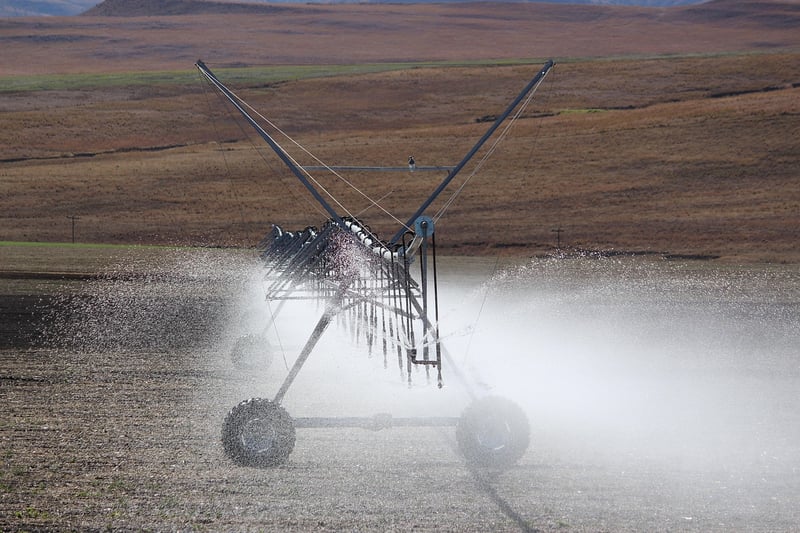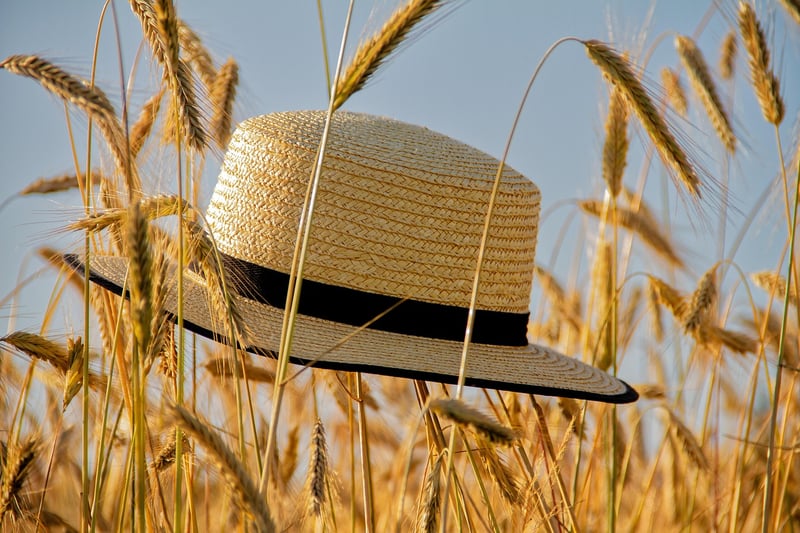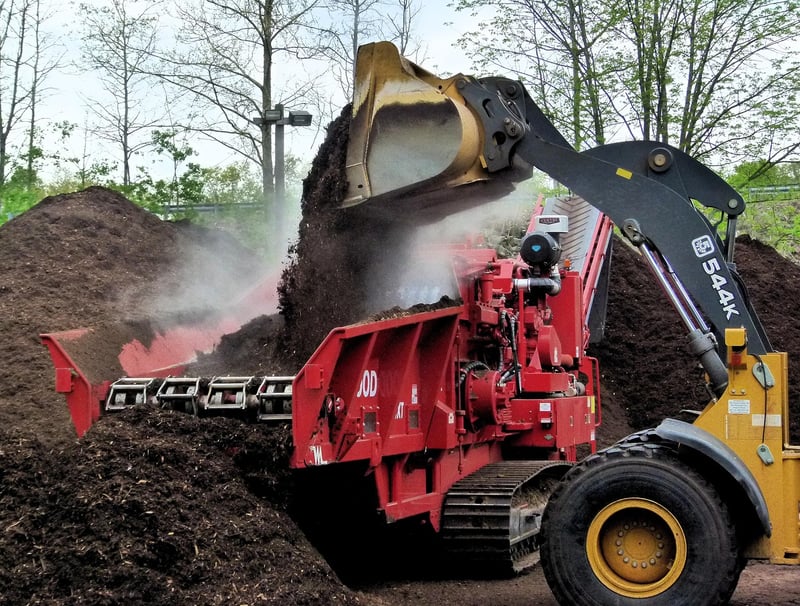Self-Watering Planters
Methods to Keep Your Vertical Garden Hydrated + Self-Watering Planters
Introduction
Vertical gardens are a great way to add greenery to small spaces or create a stunning visual impact in any setting. However, keeping your vertical garden adequately hydrated can be a challenge. In this article, we'll explore effective methods to ensure your vertical garden stays lush and healthy. We'll also delve into the benefits of self-watering planters as a convenient solution for maintaining optimal moisture levels for your plants.
1. Drip Irrigation Systems
Drip irrigation systems are an efficient way to water your vertical garden. These systems deliver water directly to the roots of your plants, minimizing water waste through evaporation or runoff. By installing a drip irrigation system, you can ensure that your vertical garden receives a consistent supply of water, promoting healthy growth.

2. Watering Spikes
Watering spikes are handy devices that can help keep your plants hydrated by slowly releasing water into the soil. Simply fill a bottle with water, attach the watering spike, and insert it into the soil near the plant's roots. This method is especially useful for vertical gardens with plants that have varying water requirements.

3. Moisture Retaining Mulch
Applying a layer of moisture-retaining mulch to the base of your plants can help reduce water evaporation and maintain soil moisture levels. Mulch also helps regulate soil temperature and suppresses weed growth, making it a valuable addition to your vertical garden maintenance routine.

4. Self-Watering Planters
Self-watering planters are a convenient solution for busy individuals or those with limited gardening experience. These planters feature a reservoir that holds water, allowing the plants to absorb moisture as needed through capillary action. Self-watering planters help prevent overwatering and underwatering, promoting healthier root development and plant growth.

Conclusion
Maintaining proper hydration is essential for the health and vitality of your vertical garden. By utilizing efficient watering methods such as drip irrigation systems, watering spikes, and moisture-retaining mulch, you can ensure that your plants thrive in a vertical growing environment. Consider incorporating self-watering planters for added convenience and consistent moisture management. With these strategies in place, your vertical garden will flourish with lush greenery for you to enjoy.
